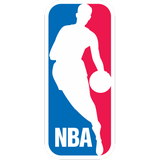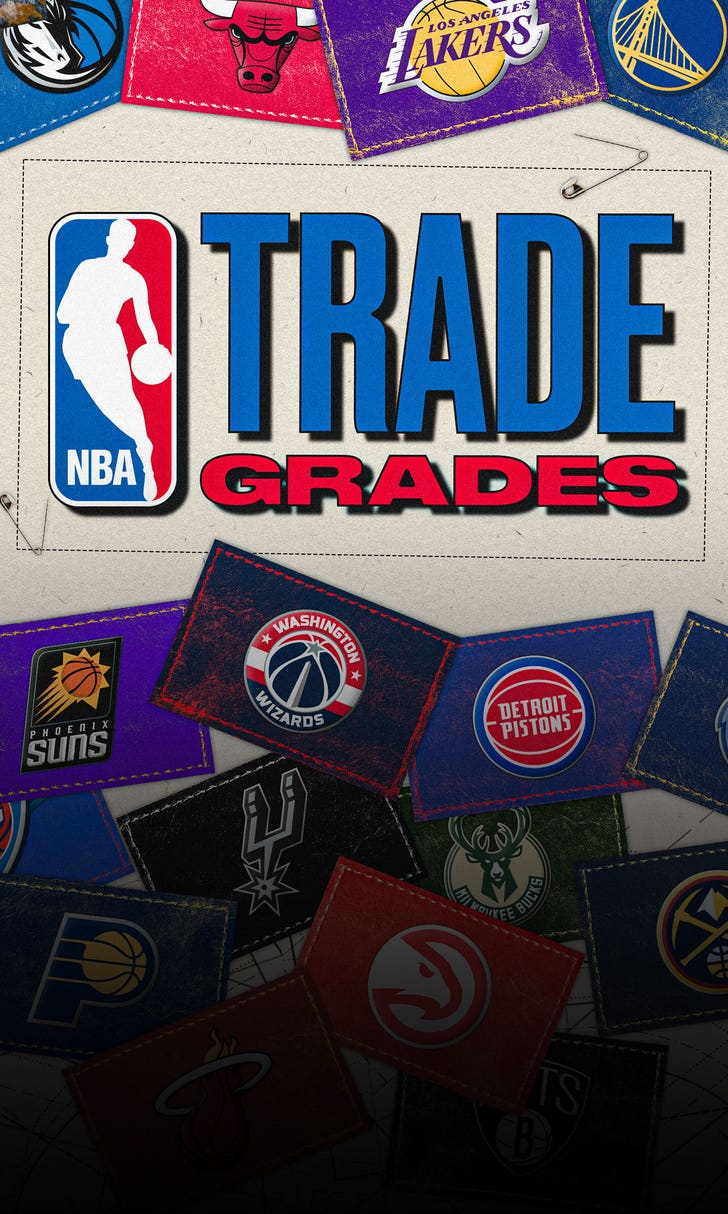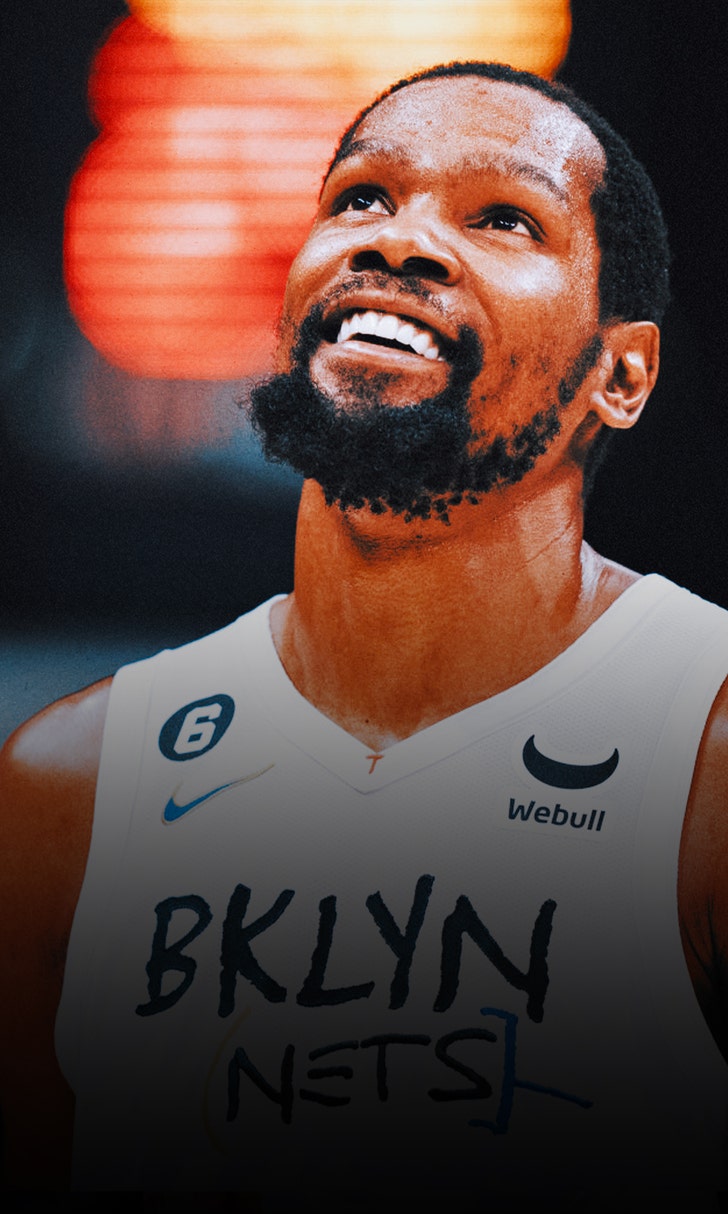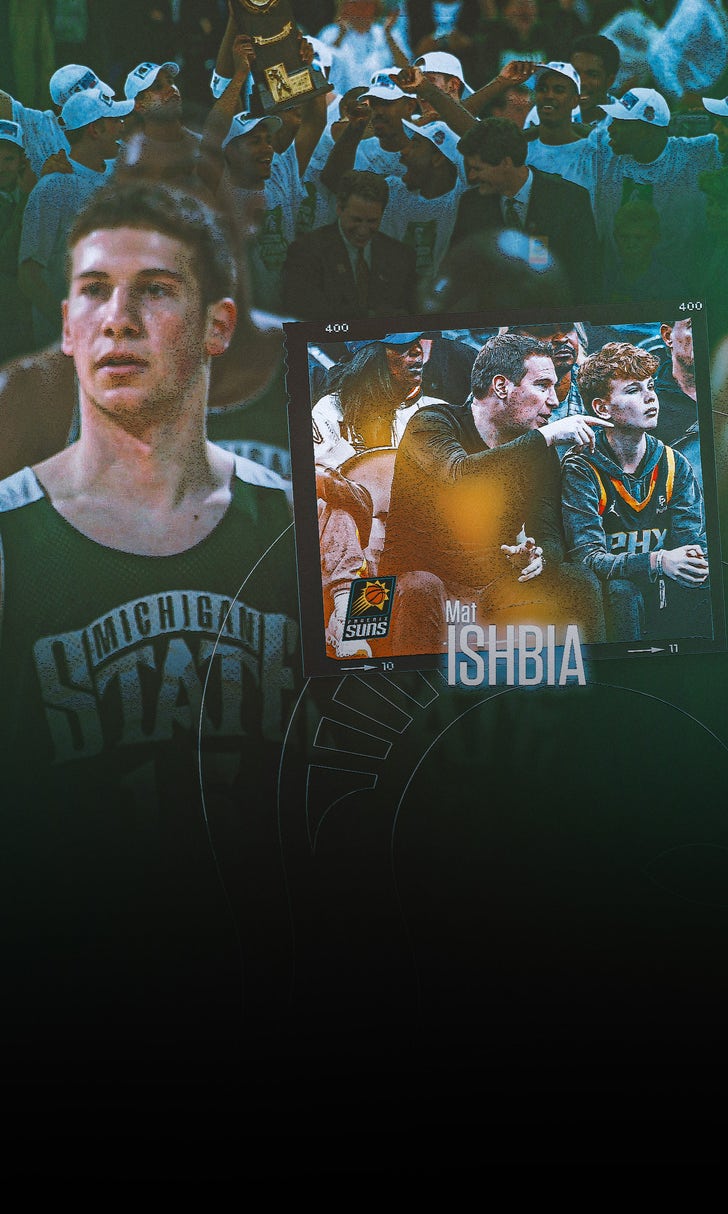National Basketball Association
just in
Jim Paxson remembers how simple it used to be to make trades in the NBA.
One of his early trades — sending power forward Andrew DeClercq to the Orlando Magic for Matt Harpring in 2000 — took one phone call, two if you count dialing then-Cleveland Cavaliers owner Gordon Gund for approval.
“The hockey guy that was Orlando’s GM at the time [John Weisbrod] reached out to me. We talked,” said Paxson, now a consultant for the Chicago Bulls who spent 15 years between the front offices of the Portland Trail Blazers and Cavs, serving as the latter’s GM from 1999-2005. “I called my owner and said, ‘Do you want to do the deal?’ And he said, ‘Yeah, do it.’ And that was it.”
But that was then. These days, trades are complicated business. With Thursday’s trade deadline bearing down on us – bringing huge, complex trades, from Kevin Durant to Kyrie Irving to D’Angelo Russell – FOX Sports spoke to multiple executives about how the process has changed and everything that goes into deal-making in the modern NBA.
ADVERTISEMENT
There are two actions in recent years that have produced trade-stifling reactions. The first is that NBA commissioner Adam Silver wanted to discourage teams from angling for the lottery rather than the playoffs, so he flattened the reward for the former and heightened the ease of achieving the latter with the play-in tournament.
As a result, fewer teams are looking to move their core players to intentionally slip in the standings, meaning there may be a less-than-lively transaction wire some years.
“In the old days, once you hit late January, teams kind of knew their fate,” a current executive and former GM said. “We’ve sometimes had as many as 10 teams that were not even trying to win. They were sellers. In today’s market right now, you have 26 teams [out of 30] that think they have a chance to make the playoffs. And if you have a chance, you’re going to be willing to make an equal trade, but you’re not going to make a trade where you’re a seller looking for future value.”
The second action: NBA teams are now billion-dollar corporations. So any decision to move an element as precious as one of the 15 members of the playing roster gets run by representatives from every faction within the organization.
“It used to be pretty simple,” said another former GM who has worked for multiple organizations over the past 20 years. “One, you’d negotiate and agree on the terms of the deal right up to the point where owner approval was necessary. Two, you’d call the owner and recommend doing said deal.
“There were no minority owners, investors, board members, alternate governors, business division presidents, chairpersons, owner’s sons, son-in-laws or former players acting as celebrity ‘owners’ involved. There were no leaks to the media to see how the deal would be received by the fan blogs and message boards.
“And you called the owner because he didn’t keep an office at the practice facility or arena. That is the current environment and I don’t see it changing with owners dropping $4 billion a pop for a franchise.”
Even multi-team, multi-player deals did not involve the same layers of bureaucracy back then. In 2000, Paxson orchestrated a three-team, five-player deal that sent Shawn Kemp to the Portland Trail Blazers, Brian Grant to the Miami Heat and Clarence Weatherspoon, Chris Gatling, Gary Grant and the Heat’s 2001 first-round pick to the Cleveland Cavaliers.
The genesis of the trade occurred through several summer weeks of conversation with Blazers team president Bob Whitsitt, for whom Paxson had worked before joining the Cavs. But two teams didn’t even really negotiate with each other directly.
“The key component was that Portland was interested in Shawn Kemp,” Paxson said. “Portland and Miami never really talked. Bob had mentioned to me that Miami had strong interest in Brian Grant. So the guts of the deal became Brian going to Miami, Shawn going to Portland, and me taking whatever leftovers I could get [to dump Kemp’s salary].”
Paxson worked out the financial elements of the deal, as he did for most of his Cavs’ tenure.
“I had a very small staff,” he said, another stark contrast from the league these days. “I didn’t even have an assistant general manager … I didn’t have a salary-cap guy. I pretty much did the numbers and made sure it all worked. The lawyer that knew the CBA for us actually worked at a law firm that I would have to call as outside counsel if I really needed help with something.”
Fast-forward to the league today and things are … different.
“If a GM comes up with a trade, and it’s fairly straightforward, he’ll go to the coach to get his buy-in,” the executive/former GM said. “Then they’ll go to get the owner’s buy-in. And then they have to talk to the financial people to get their buy-in. If you’re doing some big deal, you’re going to have to get with the financial people and come up with what the trade looks like prior and what the trade looks like going forward. One thing that has helped is that contracts are no longer six, seven years. Before, you’d have to figure out how the trade was going to impact you way down the road.”
The size of today’s player contracts also has created a drag on moving them at the deadline. If a star player is involved, chances are he is being paid star-level money, requiring multiple players to be moved in exchange for him to meet salary-cap requirements.
“The size of the contracts is why these trades become two for ones or three for ones,” the executive/former GM said. “Those are easier to do in the summer because you have 20 roster spots then. During the season, you only have 15.”
The league also frowns upon deals that are blatant attempts by a team attempting to save money by getting a player and his salary off their books.
“The league has a thing called the smell test,” the executive/former GM said. “It is unwritten, and they don’t really want to talk about it, but it’s actually good for the league. They don’t want you trading a player for nothing. A team might want to move a player to get under the salary cap and the other team might not want to give anything up for him, so they’ll set up a trade where the player goes in exchange for a second-round pick protected to the 59th pick. Essentially, there’s almost no chance the pick goes anywhere. Or if you put cash in a trade, the league will set it at something significant, like $150,000. They will make sure the trade is a real trade, not a giveaway.”
Perfect example: A month after acquiring Sekou Doumbouya and his $3.6 million contract as part of a 2021 deal with Detroit to shed DeAndre Jordan and his $9 million contract, the Brooklyn Nets dealt Doumbouya to the Houston Rockets, adding a second-round pick for their trouble. The deal would not have been approved without the Rockets giving something in return, so the Nets received $110,000.
Agents being active participants in deals is a relatively new development as well, introducing yet another complexity, because the agent’s interests don’t necessarily align with those of the GM.
“In the past, it was just teams making trades,” the executive/former GM said. “A GM would never look to an agent for help because the agent wouldn’t care what kind of value you got back – he’s serving his or his client’s purpose. The transparency is much greater now. If both the team and the player agree that it’s time for him to go, it’s probably out there, and maybe you might need a little help to make the trade. Now there are GMs that actually ask the agent to help them. Or they’ll give an agent permission to go help them find a trade. Twenty years ago, that never happened.”
The biggest impact on transactions might be owners looking to satisfy the appetite of the team’s fan base.
Twenty years ago, trades were not made nearly as frequently. In 2003, according to NBA.com, three trades were made at the deadline. The year before: two. Last February: 10, down from 16 at the 2021 deadline. Teams believed then that success was built on continuity and players weren’t particularly keen about jumping from franchise to franchise. It was actually a point of pride to spend an entire career with one team.
Now, social media and sports-talk debate shows scrutinize, criticize and dissect teams on a nearly endless loop, inspiring changes to be made simply to avoid looking indifferent or out of touch. Fans also know the thrill of playing GM via fantasy leagues and trade machines — and some of those fans are NBA franchise owners. Or friends of the owner.
“Ownership involvement has definitely expanded,” the first former GM said. “I’m sure [Dallas Mavericks owner] Mark Cuban has someone in his ear, and I’m sure [Golden State Warriors owner] Joe Lacob has someone in his ear.”
Someone other than their GM. Unlike 20 years ago, when, at least concerning the Cavs, that was the only voice owner Gordon Gund needed to hear.
Ric Bucher is an NBA writer for FOX Sports. He previously wrote for Bleacher Report, ESPN The Magazine and The Washington Post and has written two books, “Rebound,” on NBA forward Brian Grant’s battle with young onset Parkinson’s, and “Yao: A Life In Two Worlds.” He also has a daily podcast, “On The Ball with Ric Bucher.” Follow him on Twitter @RicBucher.
Top stories from FOX Sports:
- Nets ship Kevin Durant to Phoenix in blockbuster deal
- How LeBron James became the NBA’s scoring ‘King’
- Love or hate LeBron James, this record isn’t up for debate
- LeBron James sets NBA’s all-time points record, passing Kareem Abdul-Jabbar
- Sports stars, celebrities react to LeBron James breaking NBA scoring record
- NBA legends on why ‘LeBron’s in his own category’ of greatness
- LeBron James still motivated: ‘Plenty of gas in this tank’
- The sad backdrop to LeBron’s historic greatness
- NBA Roundtable: What will scoring record mean for LeBron’s legacy?
- 2023 NBA trade grades: How did Mavericks, Nets do in Kyrie Irving deal?
- Mavericks, Mark Cuban gamble big with Kyrie Irving trade
- After years of Kyrie Irving tumult, Nets reach surprisingly quick, positive outcome
- ‘He competed like no other’: Incoming Suns owner Mat Ishbia’s path to the NBA

Get more from National Basketball Association Follow your favorites to get information about games, news and more


![Kyrie Irving after Mavs debut: 'I'm just glad [Durant] got out of there'](https://a57.foxsports.com/statics.foxsports.com/www.foxsports.com/content/uploads/2023/02/728/1214/irving.jpg?ve=1&tl=1)




